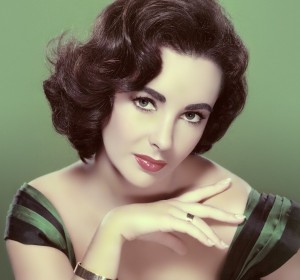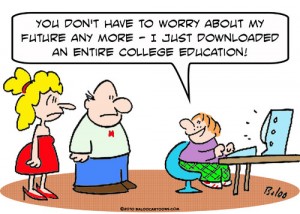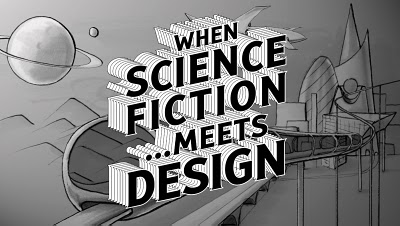This article was originally published on Couturing
Elegant, blonde bombshells, ravishing brunettes, daring, sexy, sophisticated.. old Hollywood stars have given the beauty world their fair share of beauty icons.
Couturing brings you some of our favourites and their most memorable beauty moments.
Grace Kelly

The golden girl of the 50s – later the Princess of Monaco – radiated beauty. As her name suggests she was the epitome of grace with creamy porcelain skin, bright blue eyes, and blonde shoulder length hair elegantly curled and fashioned into classy chignons. Kelly’s beauty style focused on creamy, velvet skin with a light application of apricot blush on the cheeks. Her brows were normally brushed upwards and the inner rim of her eyes were occasionally lined. Kelly’s signature lip shades varied between a pretty peach or classic Hollywood red.
One of Kelly’s best beauty moments was her flawlessly elegant look at her wedding to the Prince of Monaco. The star had her blonde hair swept off her face in a high bun, with creamy skin, contoured cheekbones, apricot coloured lipstick and a strong brow.

Marilyn Monroe
Synonymous with sex appeal, Monroe was a seductive 1950s movie star. Curvy, glamorous and talented, the world (especially men) fell in love with Marilyn. The star proved that ‘gentlemen prefer blondes’ with her peroxide blonde hair glamorously curled in a bob. Her makeup was all about the wow factor, with porcelain skin, contoured cheekbones and a splash of eye-popping red lipstick. Monroe commonly wore false lashes and black eyeliner for the winged-eye look and sported a beauty spot on her lower left cheek. The luscious blonde bombshell famously declared that all she wore to bed was her signature perfume Chanel No. 5.
One of our favourite looks is Monroe’s version of casual beauty. Her hair was curled and slightly windswept, her eyes winged with black eyeliner and a bright fuschia lipstick gave the wow factor.

Audrey Hepburn
The movie star who made the world crave breakfast at Tiffany’s is a fantastic beauty icon, as she stood out with her magnificent bone structure and high cheekbones. The beautiful brunette had porcelain skin, full arched eyebrows and deep brown eyes. Differing from the blonde bombshells of the 50s, Hepburn’s beauty style was understated and always elegant. Her hairstyles were normally short and worn up of her face fashioned into chignons and buns. Hepburn’s makeup was normally minimal, with soft peachy pink blush and a soft peach lipstick.
A notable beauty moment was in the iconic film Sabrina. Her strong brows are the centre of her look, with a flick of black eyeliner, blush and soft lipstick.

Brigitte Bardot
The sexy, sultry star of the 60s made bed-hair and smoky eyes fashionable. Her long blonde locks were full of volume, slightly waved and made her look as if she’d just rolled out of bed. The star’s blue eyes were normally framed with black winged liner on the upper lid and smudged on the lower rim, with thick lashings of mascara for a true smoky effect. Bardot’s lips were full and plump with her signature colour a soft baby pink lipstick.

Elizabeth Taylor
The strikingly beautiful actress was part of Hollywood’s ‘golden age’ leaving behind an impressive legacy. The sultry star had jet black glossy curls, piercing blue eyes and a porcelain complexion. She exuded pure glamour with the help of her elegant makeup and hair style. Taylor stood out with her defined brows, a flick of black eyeliner on the upper lid and creamy rose coloured lips.
Taylor will undoubtedly be remembered for her stunning beauty look playing Cleopatra. Her shoulder length black hair was braided with gold thread and framed her face with a full fringe. Taylor’s complexion glowed with bronze blush conturing her cheekbones and a soft nude-pink colouring her lips. The focus was on Taylor’s eyes, with dark defined brows, blue shadow and a thick winged black eyeliner making her look truly mesmerising.

The wonderful thing about these icons of old Hollywood is that their beauty and their style are classically transferable from them to now. Perhaps take some of their favourite looks and be inspired for a new ‘old’ look for you today. It shows that the old addage is true, Beauty transcends time.
Images via Fanpop, Inspired Wedding,Luscious Life, Topricin and Silver Screen Suppers.













